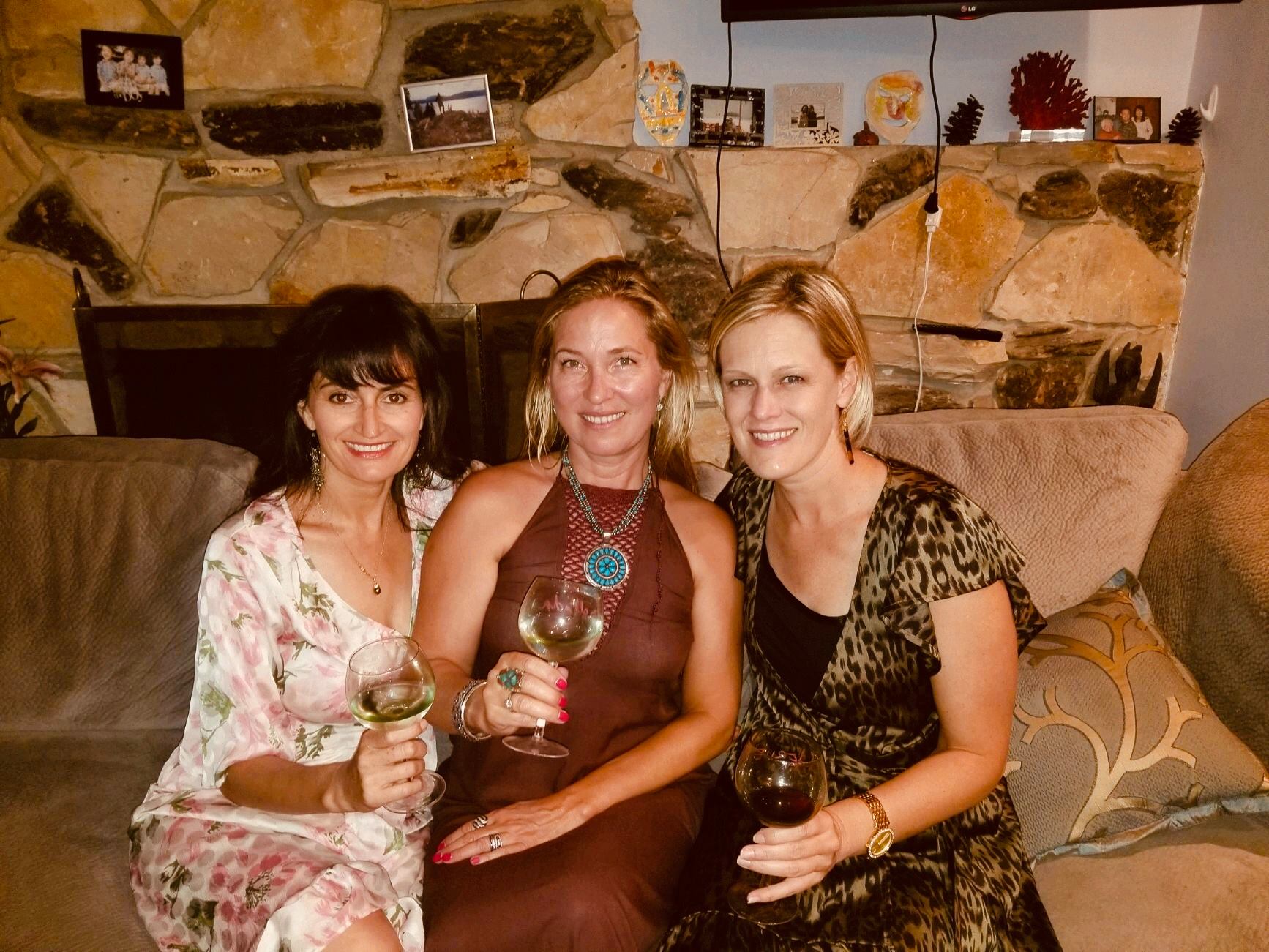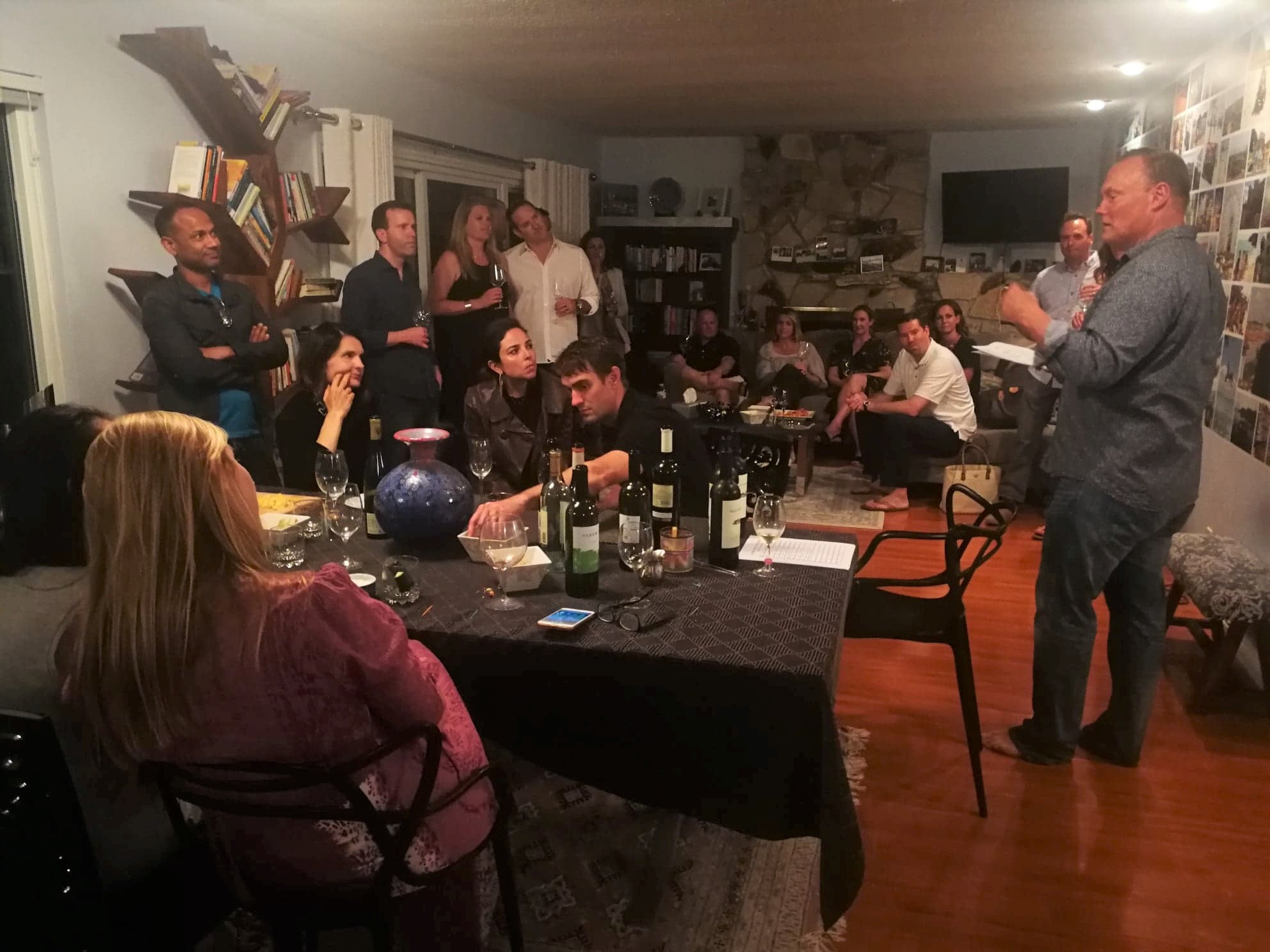Not so long ago, I used to fly Singapore Airlines Business Class on my long-haul flights from Singapore to Australia, Europe or North America. You really get spoiled on SQ: the comfortable seats, the extensive entertainment offerings, the excellent food and – of course – the beautiful stewardesses in their body-hugging sarong kebaya.
My first taste of port was on an SQ flight. At the end of a meal, they usually offered a glass of port, a selection of cheeses, plump grapes, chocolates and raisins. I came to love the warming richness of port, which seemed designed for fleece pajamas, snowy nights, wood-burning stoves and Rip Van Winkel-style slumber.

You don’t drink much port in Asia for the same reason you don’t eat many stews or roasts or fettuccine Alfredo. It’s too damned hot! Western ‘comfort food’ tastes terrible in the sweaty tropics.
So it was with great anticipation that I popped open a bottle of the 2007 Quinta do Vesuvio Vintage Port.
My cousin (who was named after me even though he will never admit it) told me that he’d only had port once – as part of a big night out with Cuban cigars.
His girlfriend doesn’t drink red wines; she was ready to head home. But I could tell that the Vesuvio was hitting Scott’s tastebuds like a pyroclastic flow.
“Whoa….” is the best wine descriptor ever.
I tasted this wine over the next three nights. I was curious what impact the oxygen would have on this 20 year-old wine. In truth, I couldn’t really notice a big difference. After three days, it still tasted amazing.
I bought a RIDICULOUS AMOUNT of 2011 Vintage Port as soon as I read early reviews about this benchmark vintage. I cannot wait to experience some of these wines! But as any wine expert will tell you, Vintage Port is some of the longest-lived wines in the world. So look out for my blog post 20 years from now!











